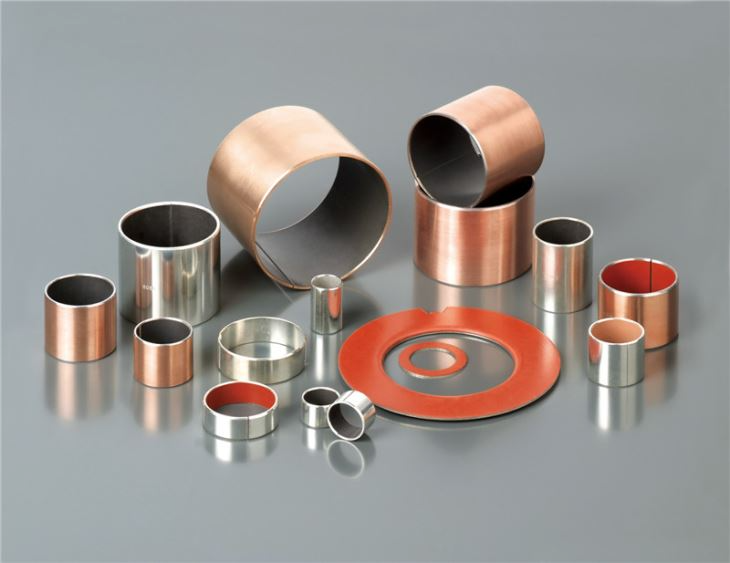
Home » Self lubricating bushings » What is the Difference Between a Sleeve Bearing and a Bushing?
What is the Difference Between a Sleeve Bearing and a Bushing?
Table of Contents
1. What Are the Other Names for Sleeve Bearings?
- Plain Bearings: We call them plain bearings because it is just a plain, smooth type of sleeve which interacts with the shaft.
- Journal Bearings: Sometimes plain bearings, or sleeve bearings, are referred to as journal bearings, where the whole bearing is supporting the rotating shaft.
- Bushings: Sometimes we refer to sleeve bearings as bushings. If the bearing has a shorter length, or you use a smaller one for a specific application, sometimes people call it a bushing. However, the term “bushing” typically refers to a smaller, more compact type of bearing used in certain applications.
2. Do Sleeve Bearings Spin?
Do sleeve bearings spin? Yes, they do, but a sleeve bearing doesn‘t spin like balls or roller bearings. A shaft spins within a sleeve bearing whereas the sleeve itself doesn‘t spin. A sleeve bearing is used to reduce the friction between a turning shaft and a fixed housing.
2.1 What Are Sleeve Bearings Made Of?
- Bronze: Great for wear resistance.
- Steel: Strong material, used for heavy-duty applications.
- Graphite-Impregnated Materials: Through special processes we make these to be self-lubricating.
- Composite Materials: Used a lot for Corrosion resistance and lightweight.
3. How Does a Sleeve Bearing Work?
Sleeve bearings work because it’s designed to provide a smooth, low-friction surface between that rotating shaft and the stationary housing. As your shaft is rotating, your shaft is supported and the wear from that friction is reduced. Also, lubrication is essential for the bearing to properly work. It maybe need to have an oil port or maybe there’s some sort of self-lubrication product that comes along with it.
4. When Should You Use a Sleeve Bearing?
5. What Are the Advantages of Using Sleeve Bearings?
6. Sleeve Bearing vs Bushing, What is the Difference?
- Design of Sleeve Bearings and Bushings: Sleeve Bearings are typically long and used in larger, high load applications. Bushings are typically shorter and more compact used for lighter duty applications.
- Load Capacity of Sleeve Bearings and Bushings: A Sleeve Bearing is designed to carry a heavier load and is meant to operate under that heavy load continuously. Bushings can handle lighter loads, moderate loads, and heavy loads that come on for a limited amount of time.
- Here’s Where it Gets Weird, Lubrication of Sleeve Bearings and Bushings: When it comes to lubrication, both the sleeve bearing and the bushing may need lubrication. Sleeve bearings typically need some type of external lubrication. Or maybe they’re made out of a self-lubricating material. On the other hand, a bushing, in many cases can be a self-lubricating bushing.
7. Conclusion
100000+ Types of Bushings – Contact Us for Details

